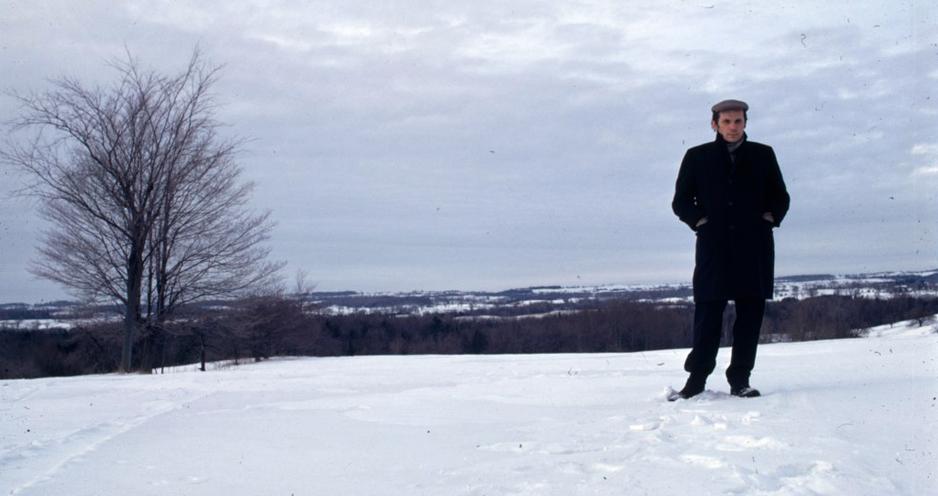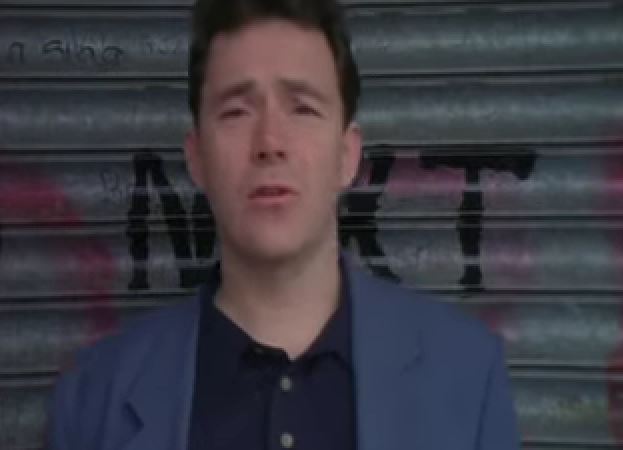“In 200 words or less please outline your goals, desires – what you want to get out of this semester. You will review this later in the course. Many will rethink this dramatically by the end of the course – this is a good thing.” No? Go back and have a look.
Now we’d love you to do the same at this end. Please reflect on how you feel about the course. What surprised you, what excited you, what disappointed you. What we could have done better. What you could have done better.
Week 1 Film/TV 1 Anticipations
Looking back at my Week 1 aspirations for Film/TV 1 I believe I achieved them. One thing I wanted to do was “improve technical, creative and organisational skills as [the group] share knowledge and experiences.” This element alone was paramount to the production and what surprised me was just how well our group did get along, a part from a few minor bumps along the way mainly from stress and probably sleep deprivation, we all worked together really well. It made the process so much better that we had the ability to voice our opinions and concerns freely. When you’re undertaking something that requires everyone to put in you need everyone’s presence in the group, and I’m happy to say everyone lifted their weight which helped in the sheer volume of the processes required. And working with people that were passionate in different areas of the production making process “improve[d] technical, creative and organisational skills as we share[d] knowledge and experiences.” It was also great to work with people I had never talked to before the production, the people you see around because you’re in their course but have never spoken to.
Another element I wanted to achieve was an “enjoyable film… something that you’re not only proud of but that will be well received by others.” I was proud of our film by the end and all the work we put in as a group to make those little things, like the blocking of Oliver’s moves in Zoe’s house, payed off. The most exciting part was probably the shoot day, a day where all your energy, thought and organisation has been leading, and where anything could go right or wrong. You have no idea what’s going to happen when you wake up that morning, but you just have to be organised that you can plan from what does happen.To watch it all unfold in front of you is an amazing thing and that was exciting on it’sown.
It was really refreshing to be prompted to go outside our classes and really get to know the people in our course. In supergrouping and helping fellow students the course formed a little community and it was nice to know if we ever needed help we could always email Robin and Paul. I think the lectures where great, with some the moments and key knowledge I remember most being the theatrical presentations, with Robin up the front constructing a lighting set or students role playing scenes from films, it was here that I appreciated the creativeness of teaching and remember the most.
The only constructive comment would be to perhaps timetable the Analysis/Reflection tasks so that students are aware when they are due. I think the emailing is great but if it was documented at the start of the semester I think I would have been better prepared to submit them, as I would do them on my blog and when I came back to paste it into the Blackboard Test it was taken down. I remember being confused with the whole process in the beginning, especially when it’s the start of semester and you’re just getting into the process of things, and it wasn’t until a couple of weeks in I started to get into the process of things. In saying this, I could have kept up better with the work at the beginning of the course, I always did it but as I’m a perfectionist always spent more time drafting the product than actually getting on with it, and I saw this change over the semester.
At the beginning of the semester, I wanted “to develop more of an awareness of the processes it takes to produce such things as film and television, and then understand how to apply that knowledge not only to my own creations but the analysis of others as well.” This course put in perspective just how much work it is to make a film, there is so much you can do and bring upon yourself to perfect. And the film making process is as much a personal as collaborative process. The course in teaching all the different elements of film allowed a greater knowledge to apply to the analysis of work, and I believe this is invaluable with my future studies in both Film/TV 2 and other courses.
“Lastly and most importantly I want to be able to enjoy the whole process.” Film/TV 1 was a really enjoyable course this semester, it was a course that gave me the opportunity to learn things that can not be taught, but that require trial and error, and experience in order to be understood. In this respect the course gave a platform for me to learn invaluable skills for the future, for example I had never conducted a casting call before we had to get actors for our film which not only required a professional attitude, but also asked for social skills. And just the sheer organisation needed to produce a film, or anything where you have certain deadlines put in perspective all the elements you need to fulfill to get it done, and then more importantly to get it done well.

